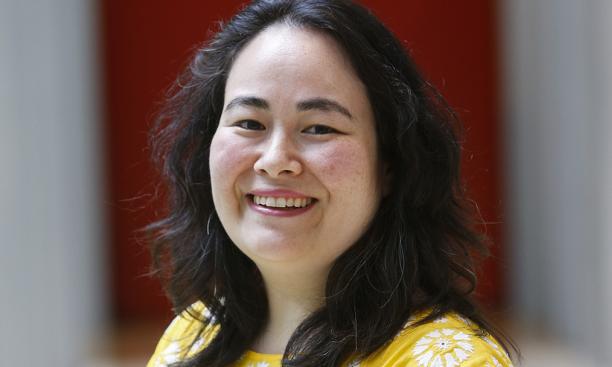
When Danielle Ivory ’05 and her fellow seventh graders were given the assignment of dressing up as historical figures, she chose Nellie Bly, the pioneering 19th-century investigative journalist. “I was sandwiched between Harry Truman and Marilyn Monroe, and everyone was asking, ‘Who are you?’” she recalls. Today, Ivory is an award-winning investigative reporter for The New York Times who specializes in data-driven research. She currently is leading a Times project that tracks coronavirus clusters at colleges, nursing homes, and some other hot spots.
Ivory landed her first job in journalism thanks to research for her senior thesis on journalists who helped set up the Peace Corps. She reached out to Bill Moyers, who agreed to speak with her and then hired her as a researcher for his TV series Bill Moyers Journal after she completed a master’s degree at Oxford. Her first big scoop — for the Huffington Post Investigative Fund — revealed that the U.S. Environmental Protection Agency had failed to inform the public about pesticides in the drinking water in four states. She uncovered the story after filing requests for documents from the federal government under the Freedom of Information Act and receiving a trove of revealing data.
After three years at Bloomberg, where she probed the intersections between business and government, Ivory was hired as a reporter on the business desk of the Times at the age of 30. She spent a year and a half delving into obscure federal databases to gather information as part of a Times team that exposed widespread inattention to safety defects by automakers, suppliers, and regulators and contributed to the recall of 60 million vehicles, the largest in American history. That reporting earned her the 2014 Scripps Howard award for public service reporting and the 2015 Deadline Club award.
Ivory started tracking coronavirus cases for the Times in March, after the newspaper created a database project with the goal of recording every case. “We went county by county. Everything was collected manually, either online or by phone,” she says. Later, the team began tracking cases at nursing homes, and Ivory often turned to an old-fashioned reporting tool — the phone — to collect the data or confirm information from state governments. She recalls “heartbreaking conversations” with staff members at nursing homes and families who were coping with the disease.
Over the summer, the project also began tracking cases at colleges and universities, which must be collected manually. Ivory leads a team of more than 20 journalists — most hired for this project — to gather the data. (Nursing home data is now assembled with the help of computer programs.) “More colleges are giving us the information after a lot of public pressure to put it out,” she says. The team also has filed public-records requests to get data from state universities.
The project, like much of Ivory’s work, allows her to use her skills with data to address some of the most pressing issues in the nation. “I love to dig really deeply into what I’m covering and piece together a mystery,” Ivory says. “We’re always trying to shed light on problems for the public and hold the powerful accountable.”
